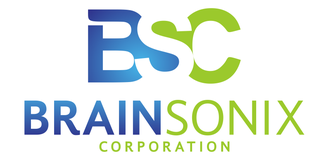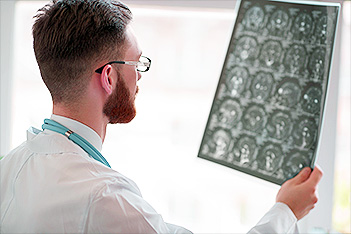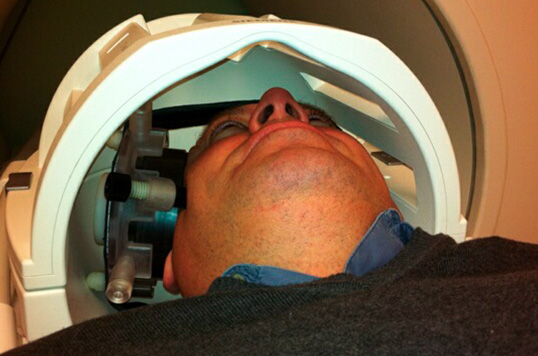Company founded by Bristol student wins prestigious engineering award
original image from: bristol.ac.uk
The Royal Academy of Engineering (RAE) is recently prestigious awarded to a company which is developed a unique tectile senstion technology. Using tech tactile tile sensation technology can be control in between mid air using gesture.
Tom Carter is a student of PhD at University of Bristol and who is developed the Ultrahaptics technology. At Royal Academy of Engineering's AGM he and his colleagues awarded with Colin Campbell Mitchell Award.
This prestigious award to individual or six engineers of UK who has much hard work and contribution to develop this technology usable. This team developed the technology that people intract with machine through air with simple gesture using ultrasound.
Ultrahaptics technlogy allows user to intract with system and feel in the air like button to control ON and OFF without toching it, user can dial over air, 3D shapes and virtual force in mid-air.
University's Research and Enterprise Development team early support to commercialise this technology and University's EPSRC Impact Acceleration Account is funded.
Ultrahaptics joined the Bristol SETsquared Centre - the University's award-winning business incubator - hot on the heels of winning the University's New Enterprise Competition three years ago.
Ultrahaptics technology since founded it can be consider to use in commercial and replance the old technology button and interfacing devices with this cool ultrahaptical technology like home thether, radio, etc.
|
The outcome of the research has firmly placed the UK at the forefront of international computer human interaction engineering.
This team of Ultrahaptics quickly attracted many seed funding from the IP group from founded ultrahaptics since 2013.
By the end of 2014 this team get many funds and investement from Venture capitalists and government grants from multiple commercial opportunities for the technology. In 2104 Jaguar Land Rover using ultrahaptics technology for there dashboards using gesture control with more intuitive and safer by creating haptic feedback for the driver.
Tom Carter said: "It's a privilege to have our work be recognised by the Royal Academy of Engineering.
"We see the development of this technology as the first step on a journey which will forever transform the way humans interact with computers, and the whole team at Ultrahaptics is very excited to be at the forefront of this era of change.”
Nigel Perry MBE FREng, Chairman of the Royal Academy of Engineering's Awards committee, said: "The Royal Academy of Engineering is delighted to award the Ultrahaptics team for their innovation.
"Ultrahaptics' technology has made a pioneering contribution to this hugely exciting field and provides an excellent example of how engineering research and ingenuity continues to advance the interface between society and technology."
Origi Original anal News from : http://www.bristol.ac.uk/news/2016/september/ultrahaptics.html











